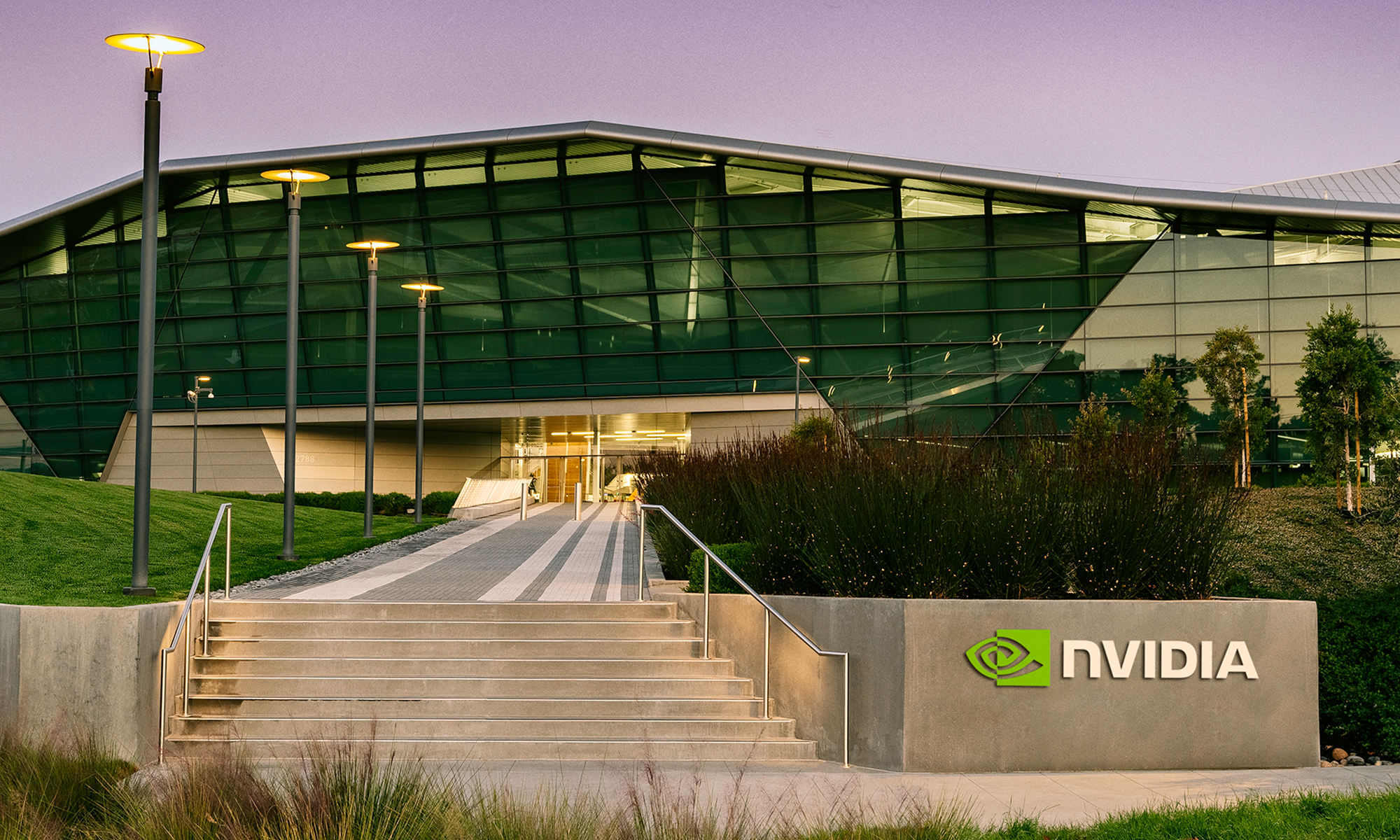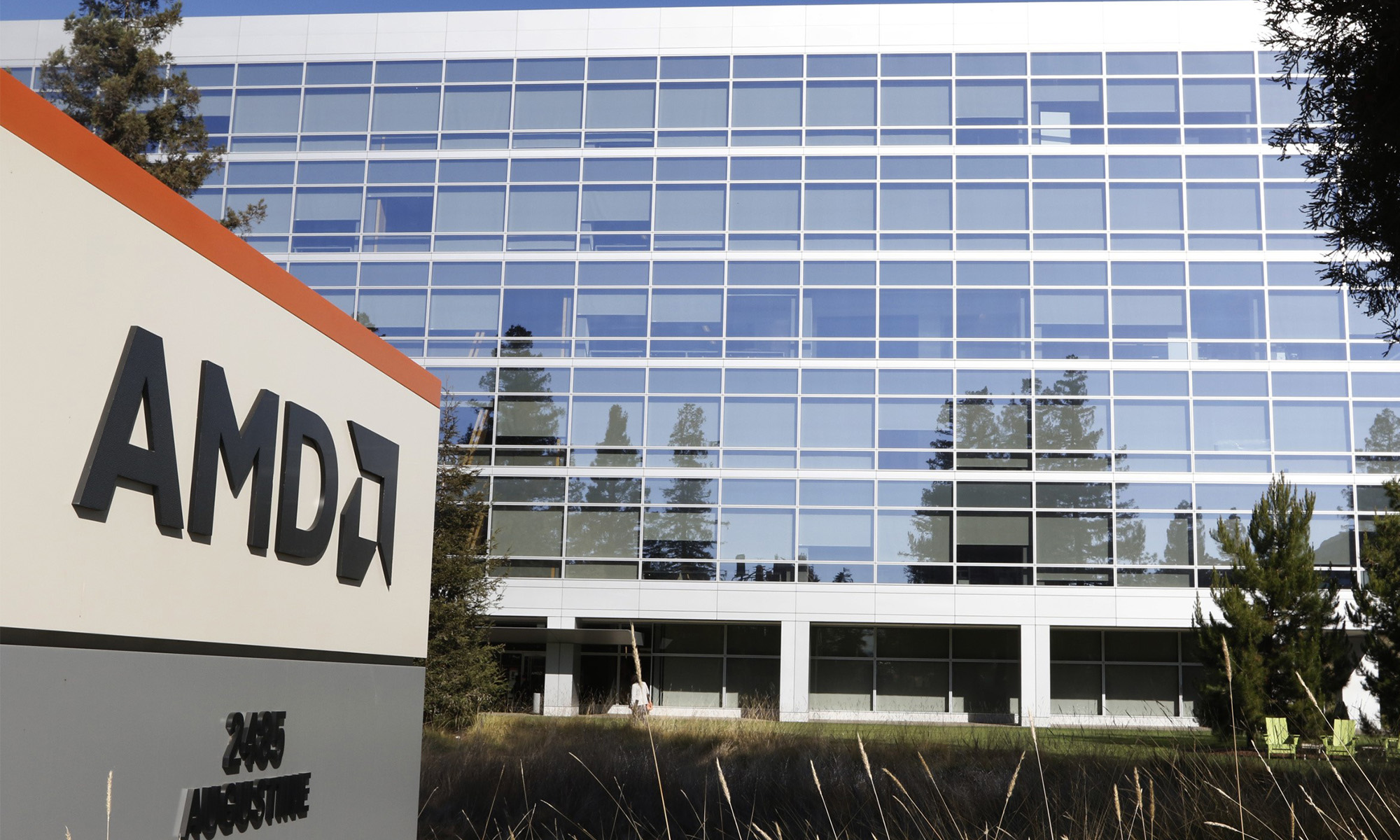For the better part of the last three years, no trend has garnered more attention on Wall Street than the emergence of artificial intelligence (AI). The ability for AI-empowered software and systems to make split-second decisions without human oversight is a game changer for virtually all industries around the globe.
Though a laundry list of companies in and out of the tech sector have benefited from the hype surrounding AI, no two stocks have been the face of this technological revolution quite like semiconductor titan Nvidia (NVDA +2.12%) and data-mining specialist Palantir Technologies (PLTR +1.04%). Since the end of 2022, Nvidia stock has gained in excess of 1,000% and topped a $4 trillion valuation, while Palantir stock is up a cool 2,110% and has added around $320 billion in market cap.
While fortunes have been made holding shares of these top-tier innovators, both companies have also served up a nearly $11 billion warning to Wall Street that investors would be foolish (with a small f) to ignore.

Image source: Getty Images.
How Nvidia and Palantir became the faces of the AI revolution
But before we can dig into Nvidia's and Palantir's ominous warning to Wall Street, a foundation needs to be laid that describes how these two companies came to be the stars of the AI revolution.
Nvidia becoming the largest publicly traded company didn't happen by accident. It's a reflection of its AI graphics processing units (GPUs) being thoroughly dominant in high-compute data centers. Orders for its Hopper and successor Blackwell GPUs are backlogged, which has allowed Nvidia to charge anywhere from a 100% to 300% premium for its GPUs relative to its direct competitors.
CEO Jensen Huang's aggressive innovation cycle also has Wall Street and investors excited. Huang is spending liberally on innovation to bring a new advanced chip to market each year. Following Blackwell in 2024 are Blackwell Ultra (2025), Vera Rubin (2026), and Vera Rubin Ultra (2027), if all goes according to plan. No direct competitors have come particularly close to surpassing Nvidia's AI GPUs in compute potential, and this innovation cycle will likely keep it that way for the foreseeable future.

NASDAQ: NVDA
Key Data Points
Even Nvidia's CUDA software platform has played a key role in its growth. Though most investors rightly think of the company's hardware as its foundation, CUDA has acted as the glue that binds everything together. This is the software platform developers use to maximize the compute potential of their Nvidia chips and to train large language models. It's responsible for keeping clients loyal to the Nvidia ecosystem.
As for Palantir, its claim to fame has been its unique, AI-inspired operating platforms, Gotham and Foundry. The former helps federal government's plan and execute military missions, as well as collect data. Meanwhile, Foundry is an enterprise-focused software-as-a-service platform that helps businesses streamline their operations. No large-scale competitors exist that offer the same services as Palantir.
Investors have also come to appreciate Palantir's ideal positioning. Unified Republican governments historically spend aggressively on defense, which fits right into Palantir's efforts to land multiyear government contracts for Gotham. As for Foundry, it's still getting its feet wet and can deliver sustained double-digit sales growth as it adds new corporate clients.

Image source: Getty Images.
Collectively, Nvidia and Palantir have issued a nearly $11 billion ominous warning
With a better understanding of how Nvidia and Palantir became so consequential to the AI revolution and the health of Wall Street, let's dig into the aforementioned warning these companies have issued, which may have completely flown under the radar of investors.
Though there are a number of unique concerns tied to artificial intelligence -- e.g., history demonstrating that every next-big-thing trend since the advent of the internet in the mid-1990s has navigated its way through a bubble-bursting event -- perhaps the most-glaring warning comes in the form of insider buying and selling activity from Nvidia and Palantir.
When executives and board members of public companies purchase or sell stock, including options contracts, they're required to file Form 4 with the Securities and Exchange Commission. This filing allows investors to track insider buying and selling activity.
Over the trailing-five-year period (keep in mind that Palantir didn't become a public company until Sept. 30, 2020):
- Nvidia insiders have sold a net of $4.41 billion worth of their stock.
- Palantir insiders have sold a net of $7.42 billion worth of their stock.
Here's the caveat about insider selling: It's not necessarily bad news. Because executives often receive the bulk of their compensation in the form of shares and options contracts, stock sales may be made to satisfy federal and/or state tax obligations or to ensure options contracts don't expire. For instance, the selling activity from Nvidia CEO Jensen Huang is likely tax-based.

NASDAQ: PLTR
Key Data Points
The point is, there are quite a few reasons for executives and board members to sell shares in their respective companies, and it isn't always indicative of trouble.
However, there's only one reason insiders purchase shares of their own company's stock: They believe it'll increase in value.
The last time an Nvidia insider bought shares of their own stock was when CFO Colette Kress's children each purchased 100 shares on Dec. 3, 2020. Meanwhile, Palantir has seen exactly one insider purchase in its entire tenure as a public company. On May 8, 2025, former chief accounting officer Heather Planishek bought 10,000 shares.
In what's coming up on five years, there's been a grand total of two insider buys between Nvidia and Palantir, combined! In comparison, there's been more than $10.8 billion in net-selling activity.
The message here is very clear: If company executives and board members aren't willing to purchase their own company's shares, why should investors?
Palantir ended the previous week at a price-to-sales (P/S) ratio of roughly 114, effectively triple the level where other megacap stocks have historically topped out while on the leading edge of a next-big-thing trend. As for Nvidia, its P/S ratio is back above 27 on a trailing-12-month basis. Neither Palantir nor Nvidia are valued at levels that have been historically sustainable over extended periods -- and their respective insider buying and selling activity appears to reflect this.
The question is: Are investors paying attention?




